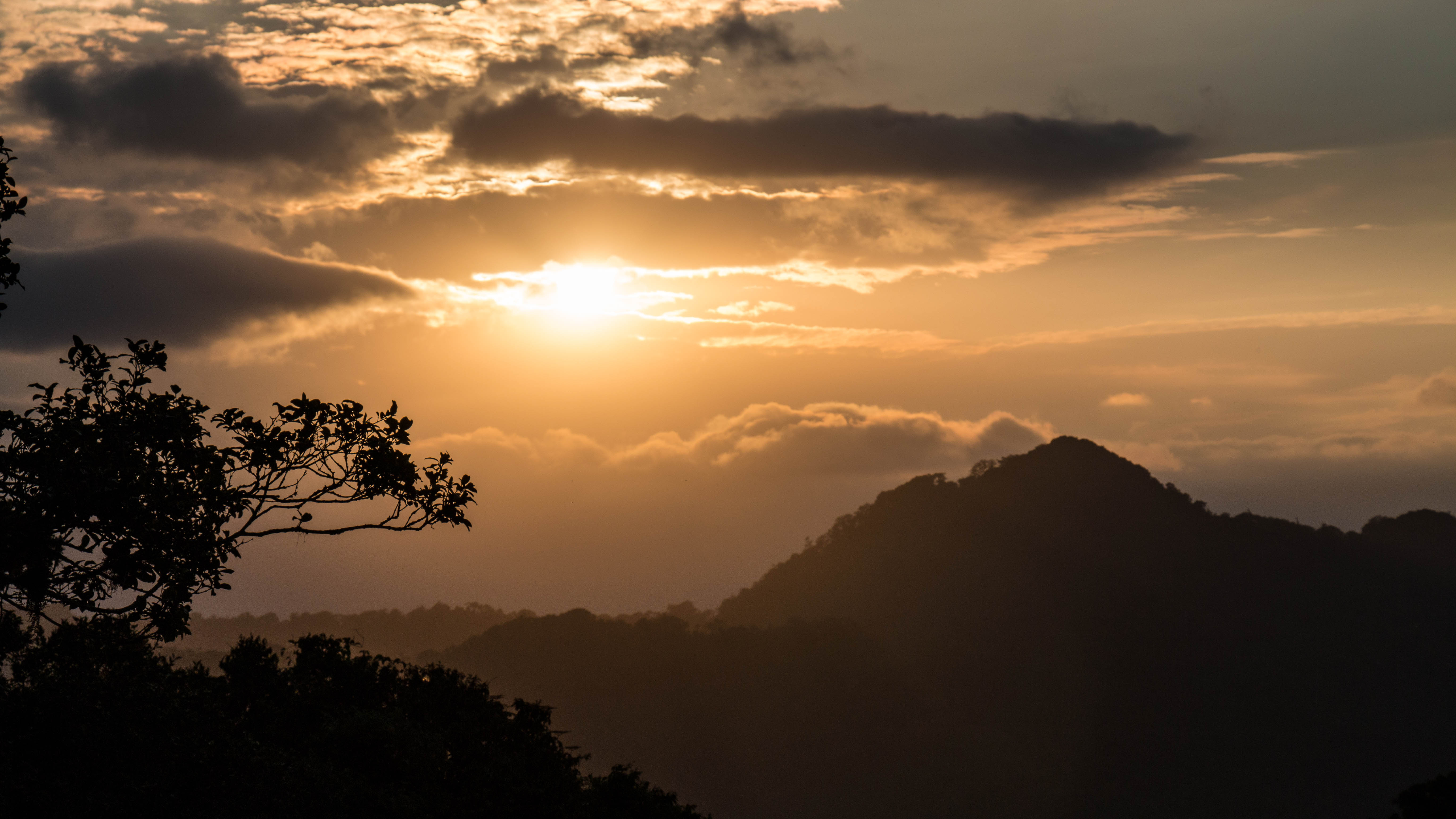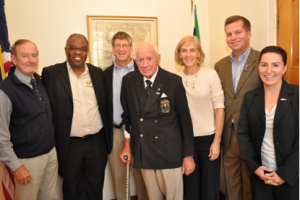I thought I would clarify the whole saga around rhino ranching, Ian Players position on that topic and on the whole subject of legalization of trade in horn, and how he came to play a key role in the birth of The Conservation Imperative and its advocacy around sustainable utilisation.
On a purely personal note I would only mention that I remained very close to Ian over many years( 46) but never more so than in the lead- up to, and during ,the growing debate around legal trade in horn and sustainable use such as hunting starting in 2007 as poaching began to gather pace. Daily phone calls communications and discussions, joining him in attending meetings with various people and organizations and regular visits to Phuza Moya became very central to my life. What people do not seem to realise is that Ian supported ALL attempts to protect rhino and admitted freely, as many of us retirees from the formal conservation sector do, that he was not a hunter – did not like it personally but embraced it as a vital vehicle for advancing conservation and biodiversity beyond the formally protected areas (He held high office for example in the Natal Hunters Assoc.): he did not particularly like management practices like culling of surpluses in parks but nonetheless defended the intervention of man as being absolutely necessary for long term safety of finite ecosystems – as most of us who have managed modern natural systems would wholeheartedly agree: maintained a strong spiritual relationship with nature – as most of us have in common: was adamant that the bestowing of an economic value on wildlife was a salient feature of successful wildlife conservation management without which wildlife and its habitats would ultimately fail to survive in all but very modified forms. He himself had pioneered this latter concept in Natal in 1971 in a typical pragmatic approach to a surplus rhino problem in iMfolozi.
Listed below is a chronicle of major events around Ian’s embrace of legal trade in horn as a legitimate element of the suite of measures employed to stave off poaching and the extinction of rhino:
- On the 15 Feb. 2012 a group of representatives drawn from across the conservation spectrum met in the board room of Coenraad Vermaak Safaris in Hilton to discuss a strategy to advance the cause of sustainable utilisation of wildlife. I chaired the meeting and Ian Player introduced the main topic – how to counter the growing public antipathy towards hunting and sustainable use of wildlife and counter the negative campaign being waged in the light of the controversial Makasa rhino hunt affair in Zululand, by Animal Rights orientated organizations and others. The gathering was named “The Committee of Ten”. I have the minutes of that meeting taken by Drummond Densham. Subsequently, this committee did not meet again and was more or less disbanded as new initiatives came to be formed.
- In April 2012 I received an email from the office of the CEO Ezemvelo Wildlife requesting my assistance (along with six former colleagues from the NPB all members of the KZN Wildlife Advisory Forum) to research and draft a submission document modelled on the required CITES format describing the rhino poaching crisis, various biological and related issues and incorporating a proposal for South Africa to conduct a legal trade in rhino horn for submission to CoP 16 in Thailand in 2013. This was duly completed in June 2012 and was submitted for comment to Ezemvelo. Ian Player was consulted extensively in the preparation of the draft, which had gone through 9 stages of revision, and had constituted a major part of the work of the Advisory Forum.
- The draft proposal was apparently never submitted as far as is known. Meanwhile DEA National launched a nationwide series of consultative forums in which Mr. Mavuso Msimang, appointed as Rhino Issue Manager, interviewed interested and effected parties across the country in a series of workshops and meetings. Roger Porter and myself met with Mr. Msimang and Dr. Bandile Mkhize in Durban and made a short presentation on the merits of legal trade.
- In addition Dr. Player and myself attended a breakfast meeting in Durban at the invitation of the US Ambassador to SA, his Consul General and members of his political staff. At that meeting support of the USA Govt. for a legal trade in horn was solicited.
- The purpose of this preamble is to explain the involvement of Dr. Player in every step of the process in developing a rational argument for a legal trade. What is important and overlooked by many critics and skeptics (how would they know anyway?) is that the draft CITES proposal prepared on behalf of Ezemvelo was restricted exclusively to the sale of legal horn derived from natural mortalities. Horn harvested from rhino ranching projects were deliberately excluded, not in principle or for any specific biological reasons but primarily to avoid what was perceived as a very contentious method of horn production liable to overshadow the merits of the principle arguments around the need for legal trade and risk the entire concept being condemned by the opposing Animal Rights lobby.
- All of those of us involved, with the exception of one member of the Advisory panel, agreed that harvested horn be excluded from the draft CITES proposal. Ian Player, like all of us involved at the time, had little knowledge of the rhino management operations being developed in the Limpopo region anyway and in the absence of accurate information on the type of management being applied naturally harboured certain reservations about the ethical treatment of rhino being used primarily as producers of harvested horn. However, when a little later a better understanding of the management approach being used came to light along with the realization that horn derived from natural mortalities alone was both inadequate, erratic and unreliable as a sole source of stock through which a competitive legal market could function, the adoption of harvested horn production as a necessary and legitimate alternative supply was accepted. Simply put, it was realised that without harvested horn a legal market was unlikely to succeed. Stockpile strength was paramount and needed to be constantly in a position to counter illegal market manipulations through sheer competitive edge.
- The real turning point came in 2013 when the” Rhino in Crisis” film was being made. Zig Mackintosh, the producer, travelled to John Hume’s Ranch, interviewed him and filmed a rhino horn harvesting operation. The testimony gathered and presented in the film put paid to many of our reservations, including those of Ian Player’s. As founder patron of The Conservation Imperative – the producers of the film – he was the last member to view and give his approval to the one and a half hour version of the documentary we had produced. He was so impressed with John Hume’s testimony and the cause he was pursuing that he requested Zig to forward him John Hume’s phone number. He wished to congratulate him on his remarkable achievement. For Ian it was a case of weighing the strong possibility that a harvested rhino horn could prevent the need for a wild rhino being slaughtered by poachers. Simple logic.
- Shortly after the release of the film in which Ian makes an impassioned plea for CITES to approve a legal trade in horn, John Scanlon’s attendance at the symbolic burning of rhino horn in Czechoslovakia was announced to the world to a fanfare of publicity. I remember entering the kitchen at Phuza Moya with Ian seated finishing breakfast. Scarcely had he greeted me than he exploded with rage. “How dare Scanlon compromise his neutrality as Sec.Gen. of CITES by attending such a futile publicity stunt knowing full well that South Africa was engaged in a debate around legal trade and what gross injustice this mindless act represented to the people of Africa, the real owners of the horn in the first place.” He asked if I knew of an international law expert who we could engage to take Scanlon to court! Such was Ian’s ire at hearing the news.
I hope this clarifies the issue once and for all. Many people with whom Ian conducted communications and who consulted him for his opinion tended to misconstrue his philosophy around wildlife conservation. Ian was not averse to changing a previously held view, one of his greatest virtues being able to adopt a pragmatic approach to matters of substance rather than becoming bogged down in “one track” ideology at the expense of more flexible, workable solutions. Many people from all walks of life make the mistake of “cherry picking” his responses to a particular challenge in conservation offered at a particular time in his life to suit their own particular ideal or motive and now claim to have a kind of privileged access to his innermost beliefs.
Pity to disappoint them but these are the facts. Any lingering doubts on Ian’s support for trade are best dispelled by watching the doc, fim Rhino in Crisis: A Blueprint for Survival (access of our website). His statement in the film – impassioned and powerful – says it all.
David Cook



